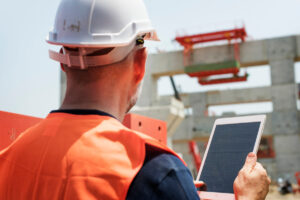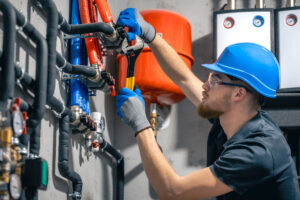The existing workforce, structures, and infrastructure are continually evolving to meet the quick needs of an ever-changing globe. Construction projects and buildings contribute significantly to global carbon emissions. With green buildings in the Philippines becoming a more pressing concern, there is an urgent demand to build more green buildings, which major property developers are filling.
The Department of Energy also implemented the Building for Ecologically Responsive Design (BERDE) standard in response to the Philippines’ building industry’s requirement to reduce the negative effects of climate change. BERDE is the Philippines’ representative to the World Green Building Council (WorldGBC), and its local equivalent is the US Leadership in Energy and Environmental Design (LEED) certification.
Green buildings in the Philippines, buildings can earn four LEED certifications: Certified, Silver, Gold, and Platinum. They will be judged on the following criteria: sustainable site planning, water conservation, energy efficiency, material and resource selection, indoor environmental quality, and design innovation.
Suggested article to read: Mega Projects 2024: Top 17 Largest Construction Projects Reviewed
Table of Contents
Top 8 Green Buildings in the Philippines
Here are top 10 green buildings in the Philippines worth knowing about in 2025:
1. Asian Development Bank (Mandaluyong)
Architects: Cresenciano de Castro, C.C. Castro International Co., and Idelfonso P. Santos, Jr.
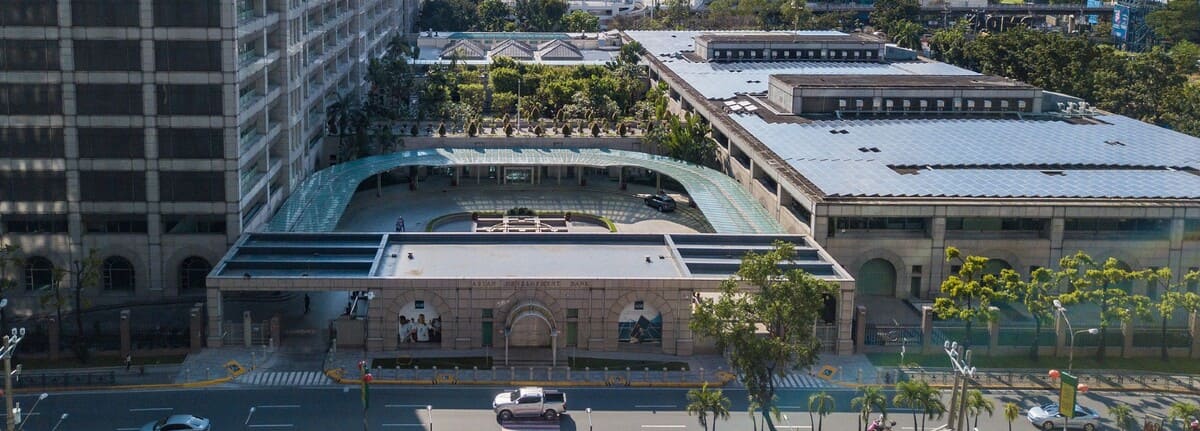
The Asian Development Bank (ADB) has also earned a Gold LEED certification. This green building in the Philippines mostly uses eco-friendly and locally sourced products. Full and partial shielding help to block out outside light pollution. Aside from water-efficient landscaping, the property also includes a rainwater gathering facility. Stormwater management and sewage treatment programs make full use of non-potable water.
The building has cooling tower management, which detects biofouling in air conditioners and assures safe cooling. Solar panels meet about 3.5 percent of ADB’s electricity needs, lowering this green building in the Philippines’s greenhouse gas emissions. The three R’s—reduce, reuse, and recycle—are widely adopted as part of its Green Cleaning Program.
ADB brings the green lifestyle to daily commutes. Trees provide shade in open parking lots, while sensors in garages monitor and operate the lights and exhaust systems. The asphalt road surrounding the structure has a high solar reflection index. Management also promotes carpooling and the use of public transportation.
2. Arthaland Century Pacific Tower
Architects: Skidmore, Owings & Merrill (SOM)

Arthaland Century Pacific Tower (ACPT) is a 32-story office building in the center of Makati City, Philippines. It is the Philippines’ first certified net zero development, which means that it emits no net greenhouse gases. ACPT attained net-zero status by implementing several sustainable design and operational practices. According to the World Green Building Council, this green building in the Philippines’s sustainable design includes double-glazed windows, high-efficiency lighting, and a green roof.
In terms of renewable energy, solar panels on the roof meet a fraction of the building’s energy needs. According to the World Green Building Council, the building also has some energy-efficient features, including motion sensor lights and occupancy-based HVAC systems. There are several water-saving measures in place in this green building in the Philippines, including low-flow toilets and faucets, as well as rainwater collecting.
3. BTTC Centre (San Juan City)
Architects: ADGo Architecture and Design, Inc.
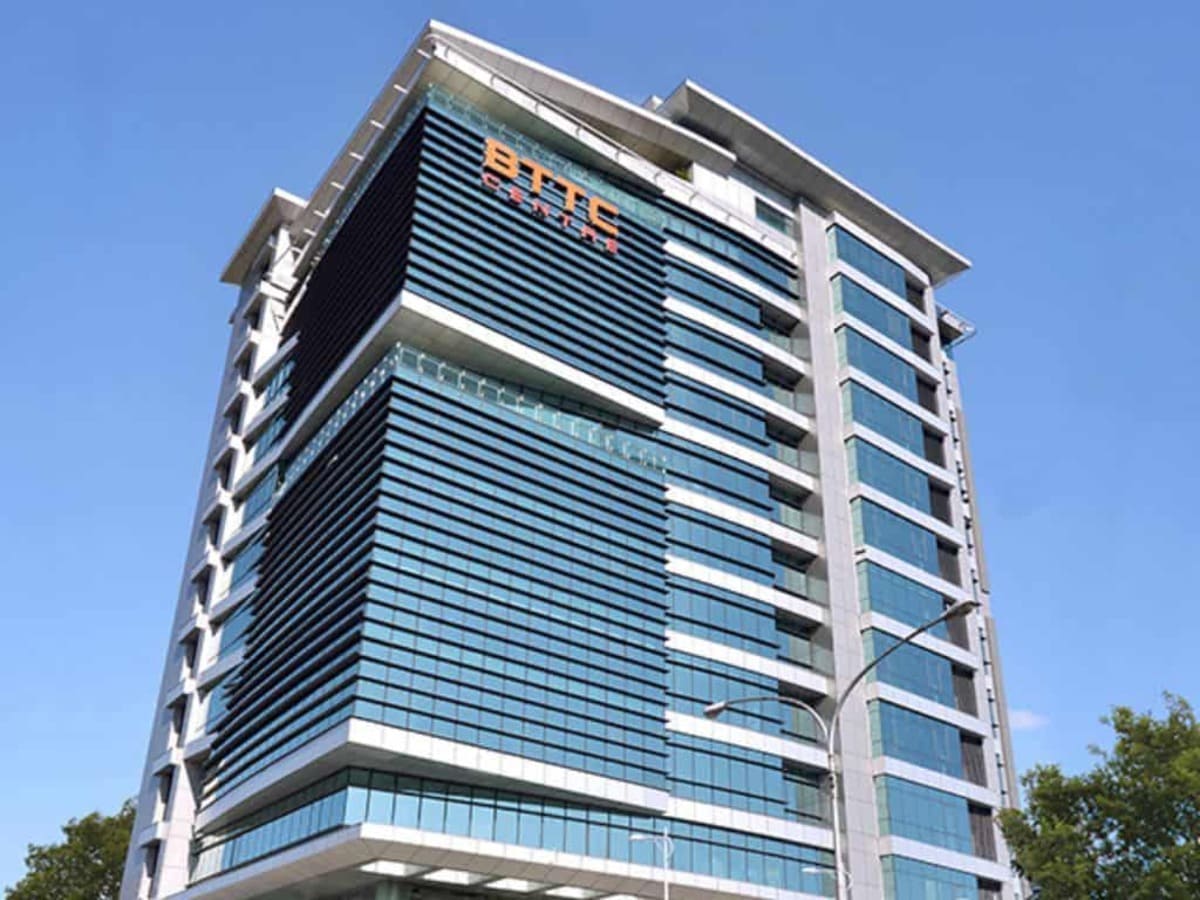
This green building in the Philippines is the first green building in Greenhills, San Juan, to achieve LEED Gold certification. This green building makes use of double-glazed glass or insulated glass units (IGU), which help adjust and maintain the temperature within the structure while also reducing the need for air conditioning. The building’s walls additionally insulate heat using a green feature known as the Exterior Insulated Façade System (EIFS).
Another novelty at the BTTC Centre is the adoption of a power-regenerating electrical system for the elevators. If an elevator is not filled, some of its energy is fed back into the building’s electrical system. AC units have a variable refrigerant flow (VRF) system, which uses less electricity to run the compressors. The structure of this green building in the Philippines also has a water system and sewage treatment. Rainwater and wastewater are collected and processed repeatedly for various applications.
4. Shell Shared Services Office (Makati)
Architects: Shell Architecture Firms
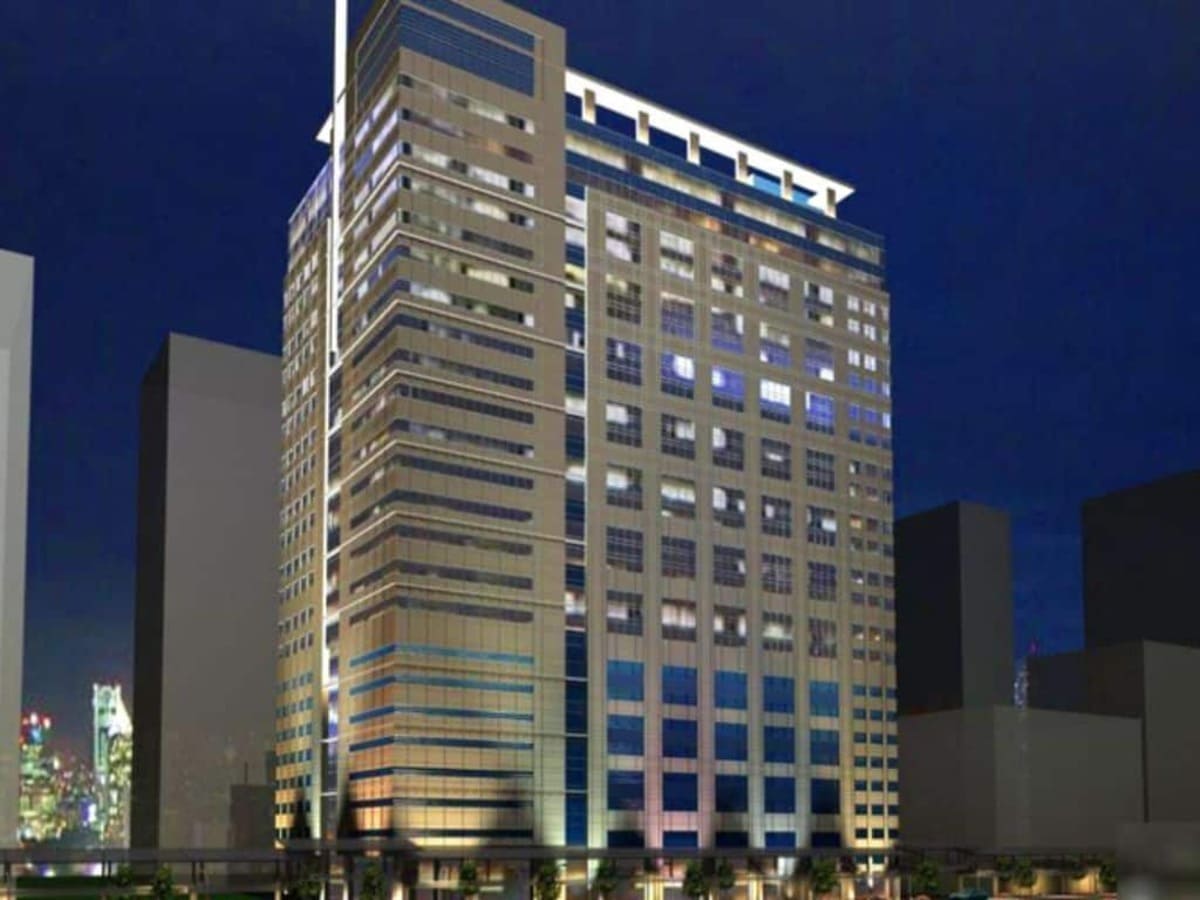
Shell Shared Services Office operates 24 hours a day, seven days a week and serves 2,800 people. It is the first LEED green building in the Philippines to earn Silver certification. The office invested in off-site wind energy to provide 100 percent of the building’s electricity needs. The building also has low-flow water fixtures and processes all effluent for irrigation and toilet flushing.
The primary goal of this environmentally friendly initiative is to reduce energy consumption. Glare-free fixtures, dimmable fixtures connected to this green building in the Philippines’s perimeter daylight sensors, and presence detectors for office spaces are some of their efforts toward this goal.
These sensors automatically turn off the building’s exterior lights throughout the day and internal lights when a room is empty, lowering overall energy consumption by up to 37%. The building also makes use of low-VOC materials and eco-friendly housekeeping techniques.
5. BCDA Iconic Building
Architects: CAZA architects
![]()
The BCDA Iconic green building in the Philippines is a new office complex in Bonifacio Global City, Taguig, Philippines. It is meant to be a net zero building, which means it will emit no greenhouse gases. CAZA Architects designed the structure, which is expected to be finished in 2024. According to Arch20, the skyscraper will be 25 stories tall and cover 100,000 square meters in total. The building will reach net zero status using a variety of sustainable design and operational strategies.
According to Arch20, this green building in the Philippines was meant to be very energy-efficient, including double-glazed windows and high-efficiency lighting. It will be fitted with solar panels to generate electricity. Furthermore, the building will include various energy-saving features, such as motion sensor lights and occupancy-based HVAC systems. The structure will also have water-saving features such as rainwater collection.
The demand for net zero buildings is increasing as more firms and governments seek to lessen their environmental impact. The Philippine government has set an aim of achieving net zero emissions by 2050. This aim will necessitate a substantial rise in the number of net zero buildings.
6. 8 Campus Place – Building A (Taguig)
Architects: DATEM, Inc.
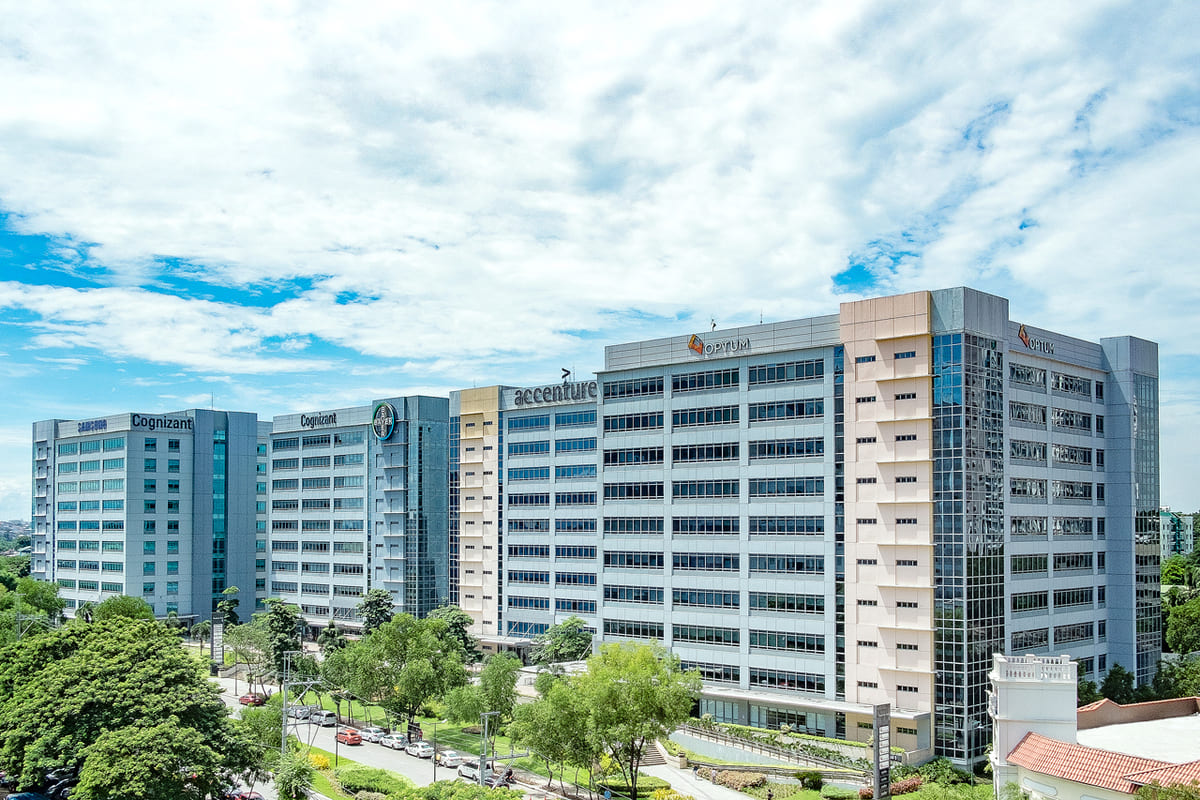
Currently named after its major tenant Wells Fargo, 8 Campus Place – Building A is the country’s first LEED Gold certified building for business process outsourcing organizations. It encourages inhabitants to use public transportation by minimizing the amount of parking spaces, providing bathing facilities, and including bicycle storage.
This green building in the Philippines’s plumbing fixtures are efficient, resulting in 45% less water usage. Non-potable water is used to water plants. The wide-glass architecture features double-glazed gas-filled insulated glass that reflects the sun’s heat away from the structure, needing less air conditioning. CO2 sensors ensure proper ventilation throughout the facility.
The building is partly made of recycled materials that are locally available. The materials and paints utilized have low volatile organic compounds (VOC), making them safer for both the environment and the residents. Megaworld’s Property Management office collaborates closely with Facilities Analysis & Controls, Ltd. to ensure that the energy systems installed in the building run effectively and efficiently for many years.
7. Zuellig Building (Makati)
Architects: Skidmore, Owings & Merrill (SOM) and W.V. Coscolluela & Associates
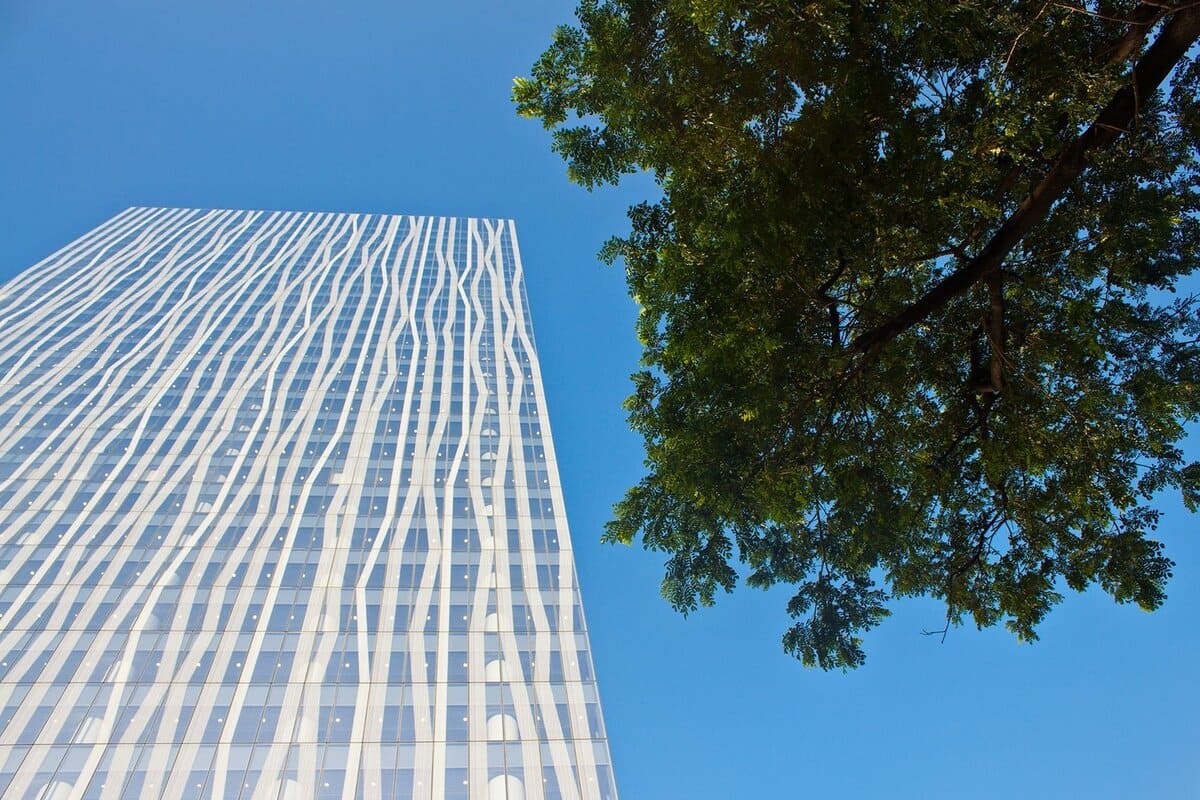
The Zuellig Building was the first in the country to get gold-level LEED-CS (Leadership in Energy and Environmental Design – Core and Shell) certification, which has since been upgraded to platinum. A paradigm changer in the Philippine architectural sector, it is a 33-story, all-glass structure with a low-emissivity (Low-E) glass system that reduces solar heat gain while enhancing natural light. This floor-to-ceiling panel allows daylight to brighten about 90% of the building’s interior space.
This green building in the Philippines features a dimming system that allows you to control the intensity of the light, as well as a heat, ventilation, and air conditioning (HVAC) system that regulates outside air flow and ensures great indoor air quality. These control systems help to cut the building’s total energy consumption by 15%. The building, which has a premium drainage and irrigation system, also includes a rain catchment facility that recycles water condensation, saving roughly 29 million liters per year. The Zuellig Building, which houses multiple floors of various offices, also includes a centralized paper recycling plant.
8. Citi Plaza (Taguig)
Architects: 10 Design
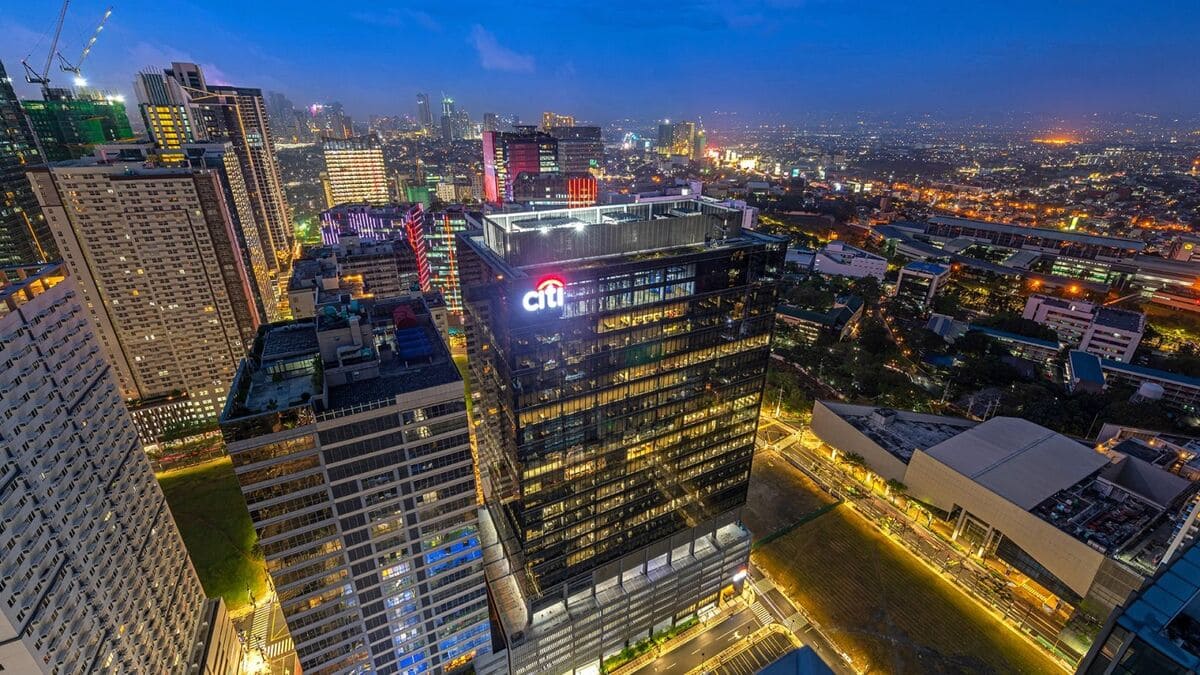
Citi Plaza receives not one, but two LEED Platinum certifications for its efficient use of water and energy, as well as other ecologically conscious features. It also received the LEED Platinum certification for commercial interiors. This 27-story tower in BGC is the country’s largest structure, with a gross leasable area of 49,000 square meters that earned LEED Platinum certification for its Core and Shell design.
Approximately 95% of the garbage was recycled. The paints, adhesives, sealants, carpets, and furnishings used for this project have minimal volatile organic compound concentration, resulting in a cleaner interior environment with fewer airborne pollutants. This green building in the Philippines’s materials are supplied entirely from ecologically responsible manufacturers and suppliers.
FAQs
What are Green Buildings in the Philippines?
- Answer: Green buildings in the Philippines are structures that are designed to be sustainable. These buildings aim to reduce their environmental effect by fostering energy efficiency, water conservation, trash reduction, and the use of eco-friendly materials. They are often accredited using the LEED (Leadership in Energy and Environmental Design) or BERDE (Building for Ecologically Responsive Design) standards.
What makes the Arthaland Century Pacific Tower a unique Green Building in the Philippines?
- Answer: Arthaland Century Pacific Tower is the Philippines’ first certified net-zero development, which means it produces no net greenhouse gases. Double-glazed windows, high-efficiency lighting, and a green roof are among the sustainable design features that contribute to the building’s net-zero rating, as do energy-saving measures such as solar panels and low-flow water fixtures.
How can a Green Building in the Philippines earn LEED certification?
- Answer: A Green Building in the Philippines can obtain one of four LEED certifications: Certified, Silver, Gold, and Platinum. The building’s sustainability is evaluated using criteria such as sustainable site planning, water conservation, energy efficiency, material selection, indoor environmental quality, and design innovation.
How do Green Buildings in the Philippines help reduce environmental impact?
- Answer: Green buildings in the Philippines help to promote environmental sustainability by including energy-efficient systems, water-saving measures, and eco-friendly materials. For example, the Zuellig Building in Makati has a low-emissivity glass system to limit solar heat gain, energy-efficient HVAC systems, and a rainwater harvesting facility to recycle water condensation, which saves millions of liters per year.
Conclusion
The Philippines’ construction industry is increasingly focusing on sustainable architecture and green structures. These modern constructions include environmentally friendly designs and energy-efficient methods, demonstrating the country’s commitment to a more sustainable future. LEED-certified constructions and net zero buildings are becoming more common, indicating substantial progress in sustainable infrastructure in the Philippines.
Suggested article for reading:
13 Best UK Architecture Firms You Should Know About in 2025
Sustainable Construction Firms in the USA: Which are the Top 7?
Top 12 Boutique Architecture Firms: Small Studios Making a Big Impact
9 Famous American Architects Who Shaped Modern Design
10 Famous Indian Architects and Their Iconic Buildings
Top 16 American Architecture Firms; Defining the Future of Design
Resources:
BillionBricks | Ianfulgar | Tatlerasia | lamudi | Constructive-voices | Worldgbc | Greenbuilding.ph | Inquirer
For all the pictures: Archdaily


